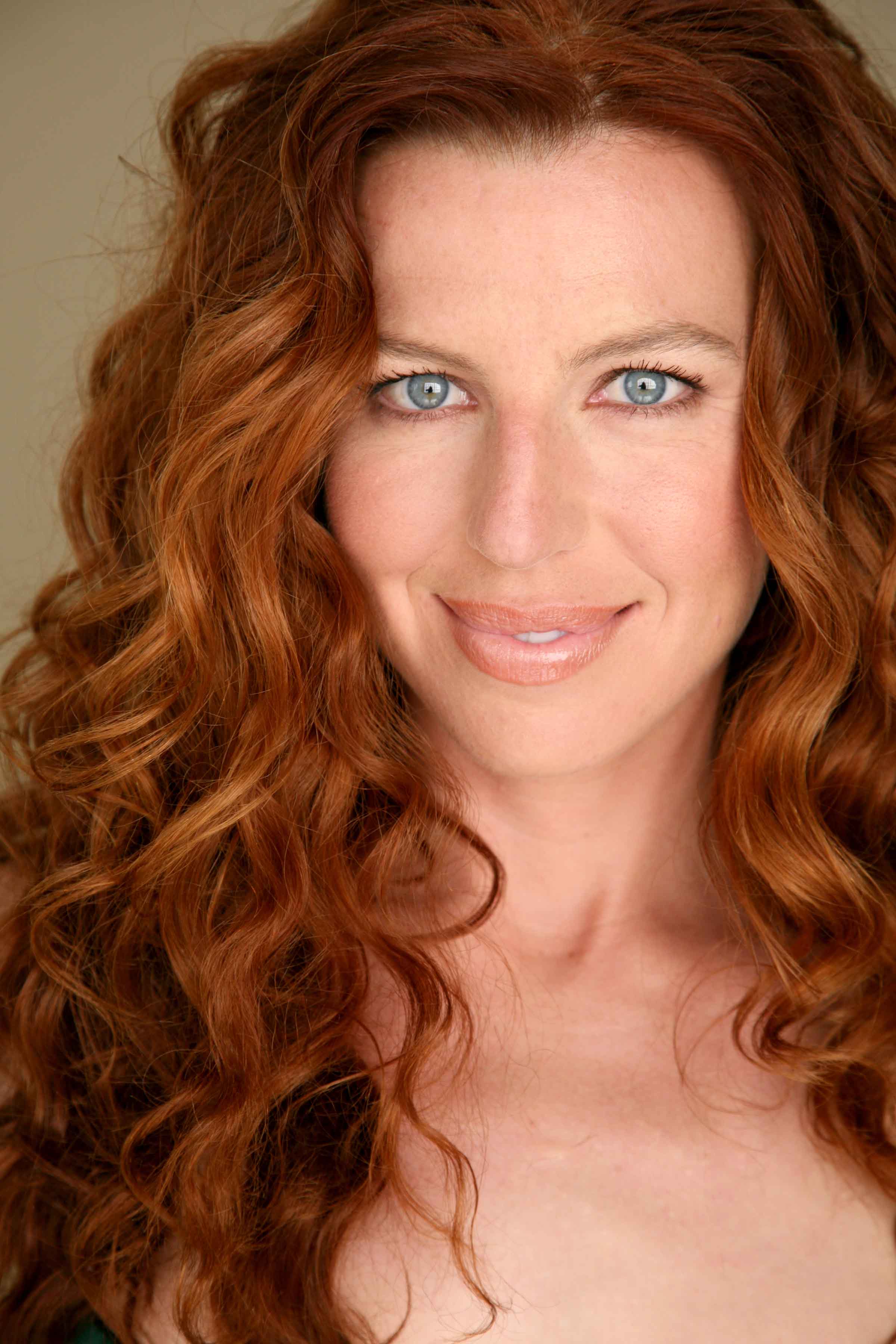The University of California Natural Reserve System is the largest and most diverse system of university-administered reserves in the world. It manages 35 wildland sites, which encompass about 130,000 acres (530 km2) and include examples of most of California’s ecosystems. The reserve system is used for teaching, research, and public service (Wikipedia). Francis Minturn Sedgwick (“The Duke”; 1904-1967) was a wealthy rancher and noted sculptor who purchased what remained of Santa Barbara County’s Rancho La Laguna de San Francisco (one of the original land grants dating from Mexican times) in 1952. In 1967, he and his wife gave 51 per cent of the La Laguna ranch to UCSB, the largest single private gift in the history of the university. In 1997, UCSB purchased the remainder of the ranch from its heirs and renamed it the Sedgwick Reserve.
According to the UC web site, “Encompassing 24 square kilometers (9.2 square miles) on the southern slopes of the San Rafael Mountains, the Sedgwick Reserve spans an elevational range of 500 meters (1,650 feet) and is noted for both its large size and environmental heterogeneity. The reserve contains a major geologic fault system and two distinctive geologic formations: relatively young Paso Robles alluvium and much older Franciscan metamorphosed seafloor, including large areas of serpentine. Diverse vegetation types include coast live oak forest, blue oak woodland, valley oak savannah, buckbrush chaparral, coastal sage scrub, grassland, willow riparian forest, serpentine outcroppings, and agricultural lands. The site contains major portions of two watersheds and a variety of localized wetland habitats, notably vernal pools. The region has a rich Native American heritage, and at least one Middle Chumash habitation site (1,500 to 2,000 years old) rests on site. The reserve’s large size enables research of varying scales on native ecosystems.”
UCSB currently uses the Sedgwick Reserve for environmental monitoring and field instruction for several university courses, including botany, creative studies, geology, environmental studies, ecology, biogeography, soils, journalism, and landscape painting. The Reserve is also used for public outreach in the form of outreach programs in sciences, humanities, and the arts for regional elementary/secondary schools, field trips in partnership with the Santa Barbara Museum of Natural History, the Land Trust for Santa Barbara County, the Santa Barbara Botanic Garden, the Santa Ynez Valley Natural History Society, and other organizations, as well as numerous local artists.
“Duke” Sedgwick also left his mark on UCSB by donating the Francis Minturn Sedgwick Collection of Renaissance and baroque old master paintings to UCSB in 1960. In 1963, while serving as vice chairman of the UCSB Art Affiliates, he was instrumental in acquiring the renowned Morgenroth Collection of 178 medals and 258 plaquettes dating from the 15th and 18th centuries for the University Art Museum.
Editor’s note: More of Baumgart’s photos of Sedgwick Ranch can be seen here.



